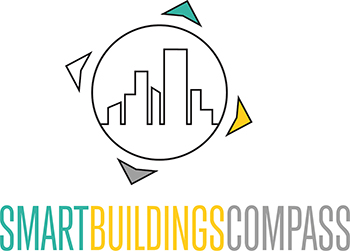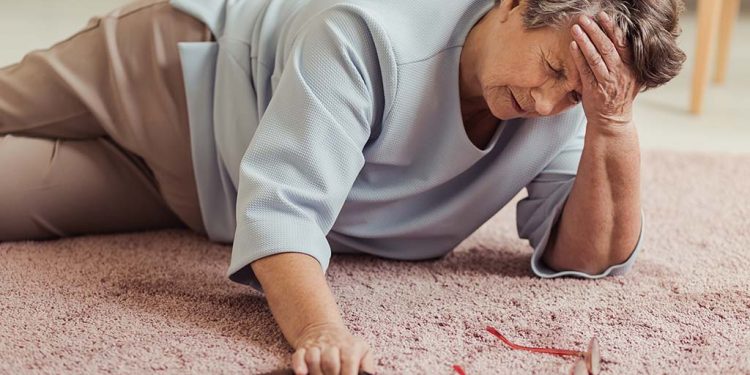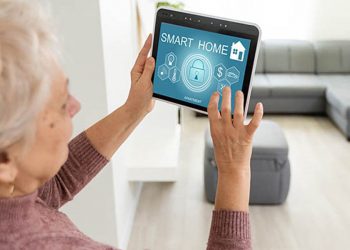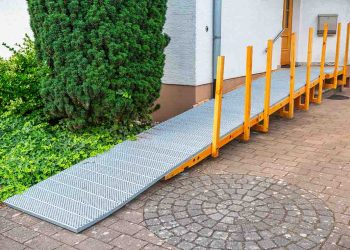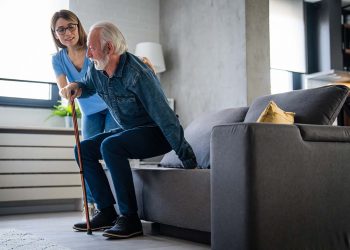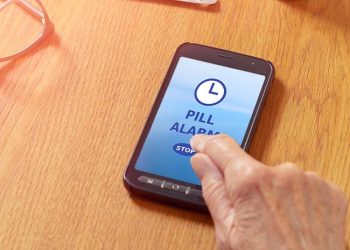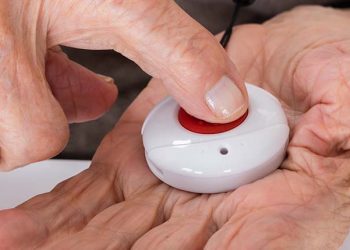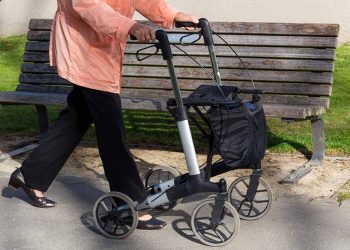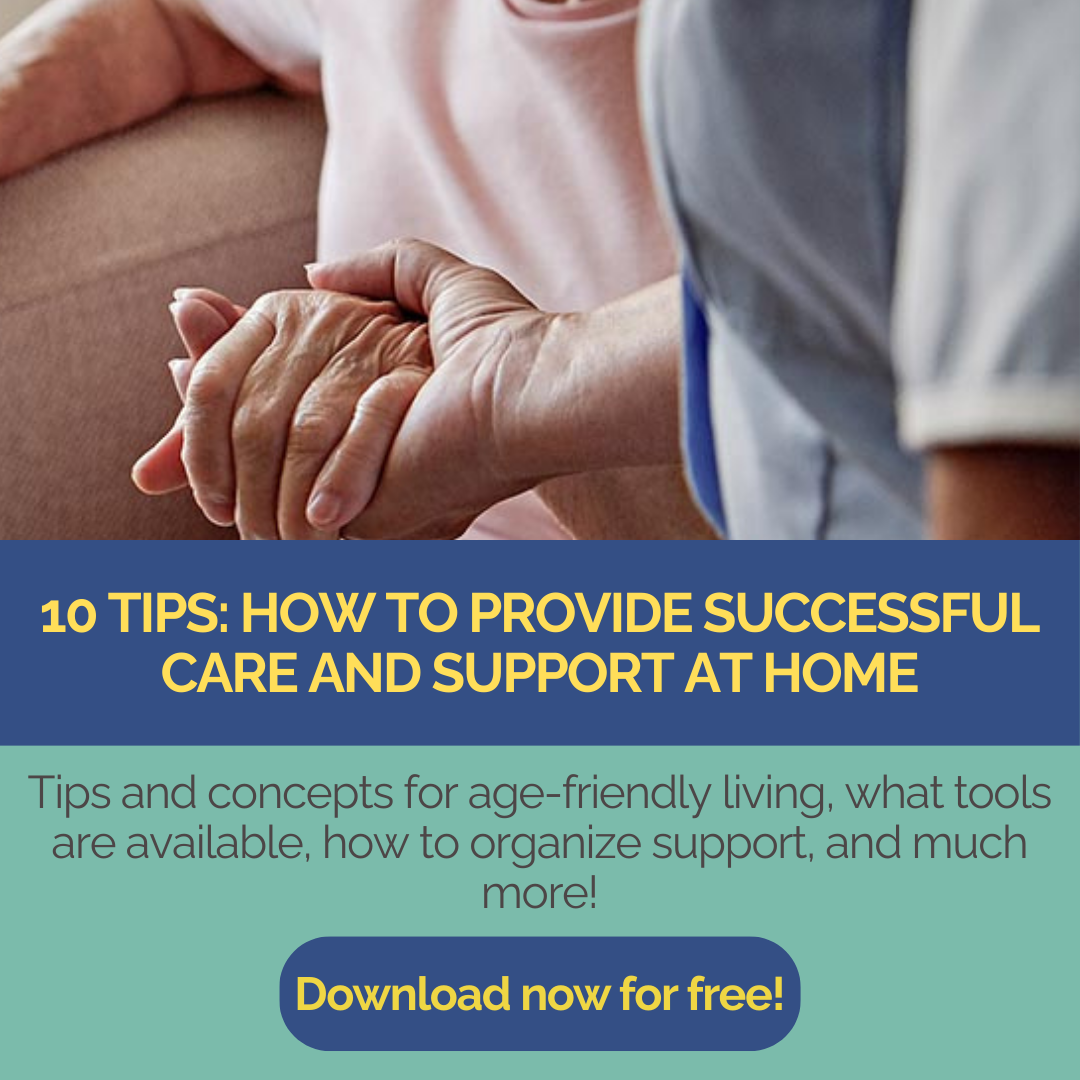Sensors that register falls and automatically make an emergency call to ensure rapid assistance.
Fall sensors are intelligent assistance systems that have been developed to detect falls by people – especially the elderly or people in need of care – at an early stage and automatically call for help in an emergency.
Functionality
Fall sensors work with various technologies such as motion sensors, accelerometers or gyroscopes, which detect sudden changes in position or vibrations. Modern systems can distinguish between normal movements and an actual fall and automatically alert relatives, care staff or emergency call centers in the event of an emergency.
Benefits for older people
- Rapid assistance in an emergency: An automatic emergency call enables an immediate response and shortens the time a person who has fallen remains helpless.
- More safety in everyday life: Fall sensors offer a high level of safety and independence, especially for people who live alone.
- Prevention and analysis: Some systems record movement patterns and help to identify potential fall risks at an early stage.
Fall sensors are often integrated into wearable devices such as wristbands, smartwatches or special sensors in clothing. However, there are also contactless systems that work with cameras or radar technology and can be installed inconspicuously in living spaces.
The use of fall sensors can minimize the risk of serious injuries and significantly improve the quality of life of older people.
Image: Shutterstock
Author: Anja Herberth
Chefredakteurin
